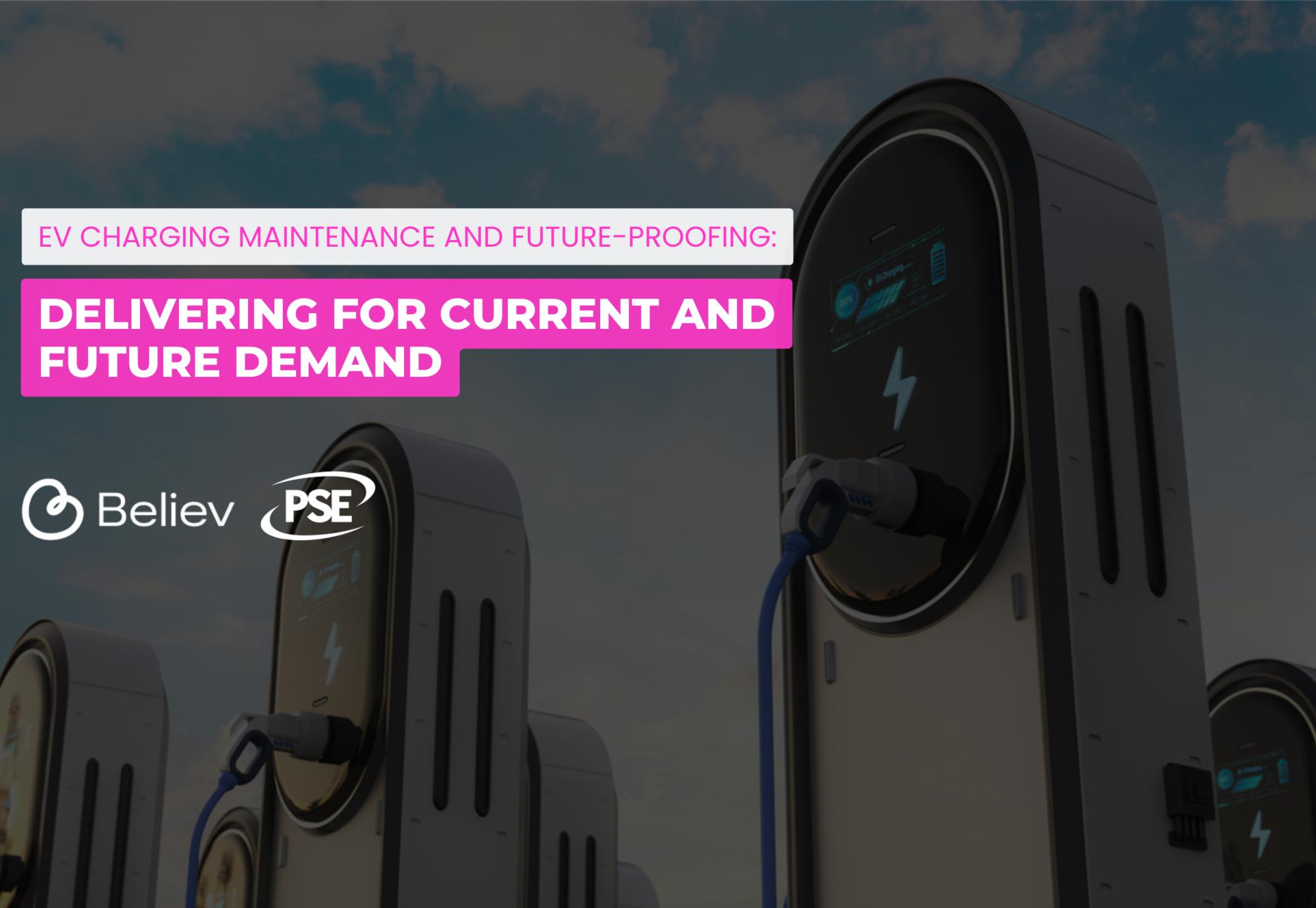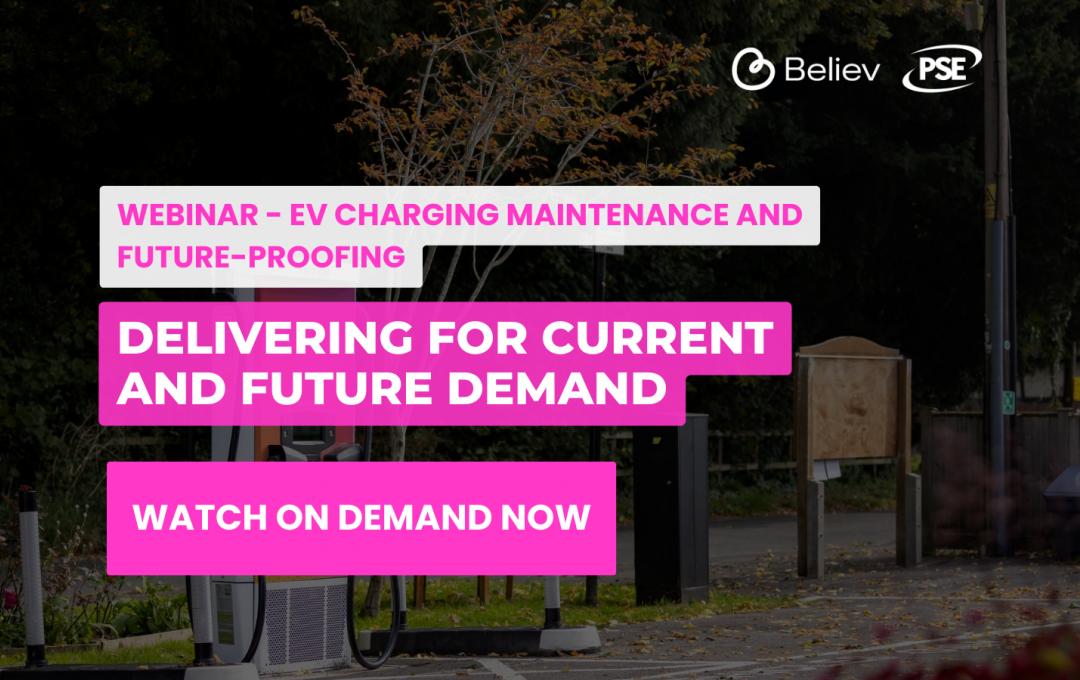The rollout of electric vehicle infrastructure is integral in ensuring that the introduction of electric vehicles is successful. Not only is the infrastructure required for EVs to operate, but early rollout will help to calm any worries that the public might have when it comes to buying a new EV, with many people concerned that the infrastructure is not yet ready for them to live their normal lives with an EV.
Charge point operator Believ’s most recent Local Authority Insight Report has found that a third of local authorities around the country have no formal plan for the rollout of EV infrastructure, with that number increasing to 40% when you get to the North of England. With this in mind, it is vital that authorities are given as much insight and support as possible to help them along the way.
In part six of a series of webinars, Public Sector Executive and Believ brought industry leaders together to discuss the operation of EV infrastructure after rollout, covering maintenance, operations, availability and uptime, and futureproofing. Joining the conversation were Kester Sleeman (Black Country Transport), Ryan McGibbon (Southwark Council), Charlie Allen (Believ), Robert Poole (Barnet Council), and Murray Sirel (Believ).
One of the challenges with electric vehicles is the cost of charging the vehicle. Touching on this, and one of the potential solutions out there was Kester, who said: “I think there’s a lot of work going on, with a few different operators, around off-peak charging tariffs which can be a really big help. Acknowledging that their cost overnight is drastically lower than it is during the daytime and it doesn’t really make sense to have a flat charging rate 24/7.”
Adding to the conversation around how to support residents, or keep charging tariffs low, Robert commented: “We’ve looked to more innovative providers with what we’re doing. So, we have recently been rolling out jolt charge points which are digital advertising displays in the town centre. They have an integrated 25 kw/h charge point, but because the advertising and charging work together in tandem, they’re able to lower the tariff.”
Another important challenge to consider when implementing an EV charging strategy revolves around putting customers at ease with their ability to find a charger when they need one. This was brought to light by Ryan, who said: “The number one on our agenda is a lot of complaints from residents not able to access a charge point due to an ICE (internal combustion engine) vehicle parked in those bays, so it is something that we are going to do. We’re looking to probably enforce 250 dedicated bays across the borough, and trial how that goes, mainly in CPZ areas which is easier for us to enforce, and obviously easier for the enforcement team to also enforce those things during those hours.”
Murray expanded on this, by bringing some of the Believ research into the conversation, referencing internal data that has suggested that the introduction of dedicated EV parking bays does increase utilisation. He commented: “It does enable people to trust that they can turn up and use a charge point because it will be there for them, should another EV not be on it.”
To catch the full webinar, watch it On Demand now, and get all the latest expert insight relating to what local authorities need to consider as they roll out electric vehicle charging infrastructure.



















